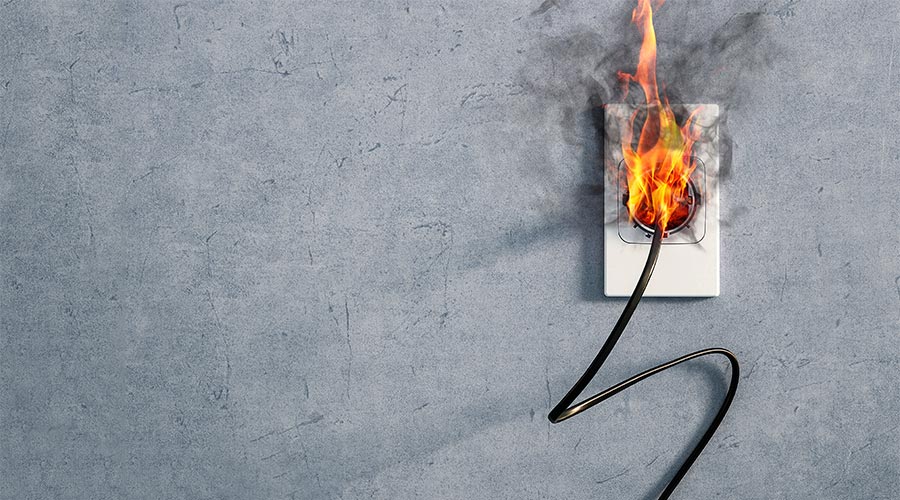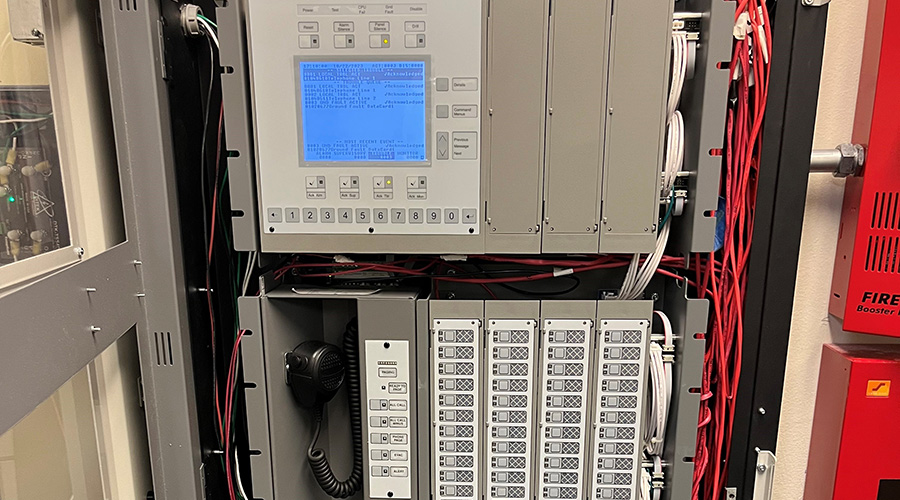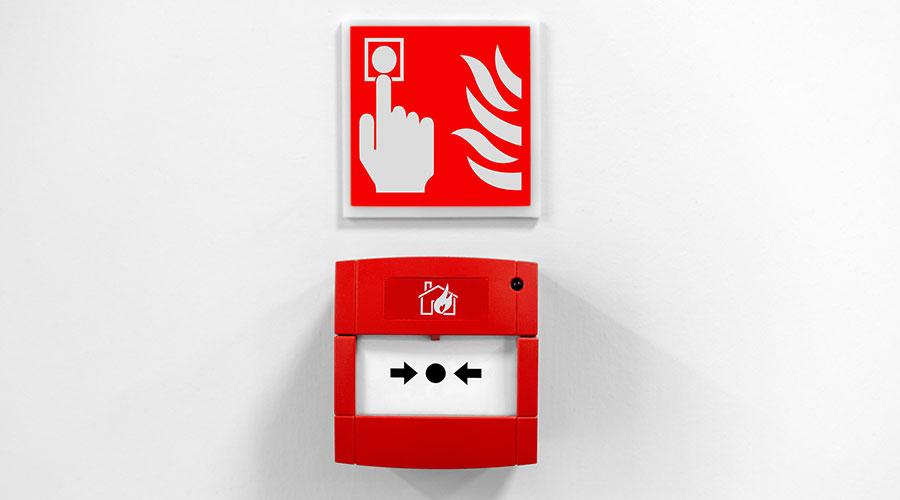Fire Safety: Who is Accountable?
The facility manager and maintenance department ultimately are responsible for building safety and ensuring safety systems, including firestop systems, perform as intended. So how can managers make sure firestop systems function properly?
The process is well defined for new-construction projects. The general contractor is liable until handing over the building to the facility management team. General contractors usually must assure subcontractors properly installed all firestops according to the architect’s plans. When employing an architect, managers need to make sure the architect is clear about the firestop responsibilities of the contractor winning the bid.
Problems in new construction can arise when the general contractor gives the building owner permission to install systems, such as telephone and data networks or cable television. These projects require installers to put holes in walls, and those penetrations create gaps through which smoke and fire can travel.
Those installers, who in some cases are the lowest-bid subcontractors, might not even be aware of firestops, much less be able to install fire barriers properly. They might believe all they need to do is patch the holes so they are cosmetically acceptable. In most cases, managers should be able to uncover these situations while completing the punchlist.
Before the general contractor hands over building, managers also must make sure the contractor understands that all work has been inspected and firestops have been installed correctly. Technically, the general contractor is liable for this step, but the customer might have to pay the cost in areas where subcontractors did not meet codes.
In some cases, a general contractor might bring in a firestop inspector to verify all work has been performed correctly and document the findings with photographs.
In short, firestop installation and verification must be part of the job when: installing new telephone, data and cable television lines; adding new HVAC or plumbing systems; or repairing systems that penetrate walls and ceilings.
Managers can make the general contractor responsible for installing or repairing firestops, or they can require the contractor to work with whoever can do this work and verify the finished project complies with building codes.
John P. Sinisi is the education chair of the International Firestop Council, www.firestop.org.
Spotlight: International Firestop Council
The International Firestop Council (IFC) is a not-for-profit association of manufacturers, distributors and installers of passive fire-protection materials and systems in North America. IFC’s mission is to promote the technology of fire and smoke containment in building construction through research, education and development of safety standards and code provisions.
For more information, contact the council at (877) 241-3769 or info@firestop.org, or visit www.firestop.org.
|
Related Topics:
















